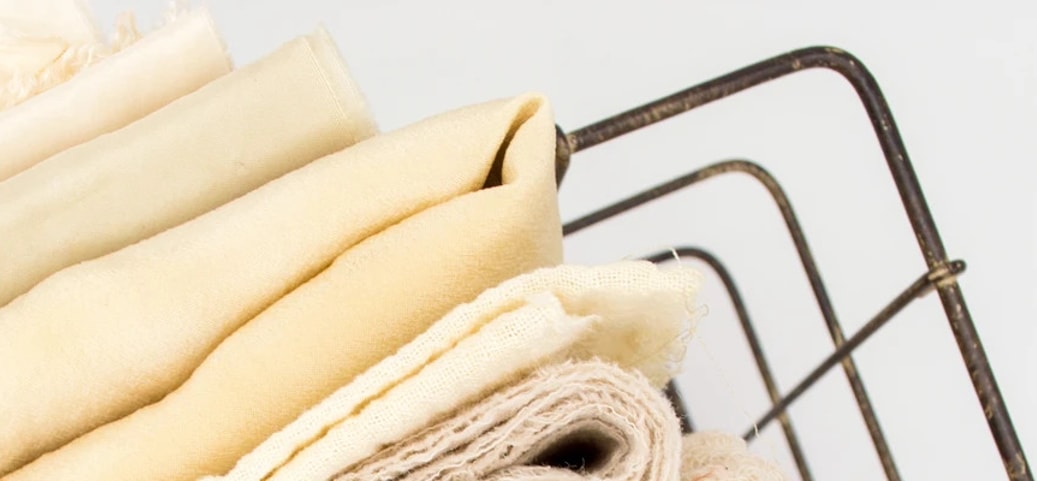Natural or synthetic fibres: which are better?
Unfortunately, there is no simple answer to this question. Natural and synthetic fibres both have their advantages and disadvantages – and the perfect material is often a mix of the two. Nowadays you are confronted with countless different materials while you’re clothes shopping, from Modal, viscose and cotton to Tencel™ and polyester. We’ll explain what really lies behind the names.
by CALIDA
November 8, 2024•3 min reading time

Natural or synthetic fibers: What is the difference?
Table of Contents
Fibres from natural origins
Fibres from natural origins can be roughly divided into two categories:

Derived from plants
Plant-based fibres are generally made of cellulose. Cotton is probably the best-known plant fibre. Other common materials that play a central role in the clothing industry include linen (European flax), jute (Indian tilioideae), ramie (Chinagrass), hemp (hemp plant) and sisal (Central American agave). Cellulose fibres are well known for their ability to quickly absorb moisture and water. However, they lose their insulation properties at around 7-10% moisture content and then feel damp, which is why they are rarely used in a pure form for sports or outdoor clothing.

Animal fibres
Animal fibres are made up of complex proteins. Fibres derived from animals include sheep wool, as well as cashmere (made from the coats of cashmere goats), angora (made from the fur of angora rabbits) or silk (made from the threads of silkworms). Animal fibres are warming, breathable and don’t lose their insulation in moist conditions. The structure of the fibres and their natural layer of grease mean that they barely absorb any odours or dirt. Animal fibres are also particularly absorbent. For example, a woollen jumper weighing 1 kg can absorb up to 0.3 litres of humidity without feeling damp or clammy, or losing its insulation properties. Animal fibres are often mixed with cotton or chemical fibres, which increases wearing comfort and ease of care.
Innovation in textiles: the fascination behind modern chemical fibers
Today, the majority of fibres used in the textile industry are chemical fibres.
Cellulose chemical fibres
These fibres are based on plant materials. As the name suggests, they are made from cellulose i.e. from wood. However, the manufacturing process is chemical. These fibres include viscose, Modal, Tencel™ and acetate. Cellulose chemical fibres are fast drying, retain their shape, minimise odour and are temperature- and moisture-regulating.

Synthetic chemical fibres
Synthetic chemical fibres are based on petroleum products that are processed into fibres. These include polyester, polyamide, elastane and polyacrylic


Small quantities of elastane, often referred to as ‘stretch’, are enough to ensure the necessary elasticity and a perfect fit. Lightweight polyamide is often used for CALIDA bras, for example, as it ensures a perfectly stable shape. Compared to polyester, polyamide is even more stretchy and elastic. CALIDA only uses small amounts of polyester – often for design reasons e.g. to avoid discolouration.
Materials made from synthetic chemical fibres dry very fast and do not wrinkle. They are lightweight and easy to care for. However, although these fabrics are breathable and offer good moisture control, they have a distinctive disadvantage: polyester fibres begin to smell more quickly than cotton.
Discover more interesting blog posts:


